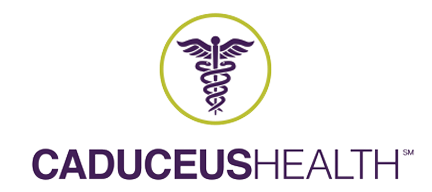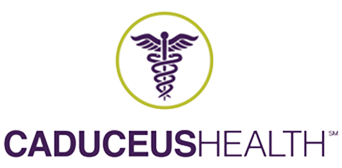Productivity Software for Hybrid Workplaces
Insightful is purpose-built for hybrid workforces that want to boost the productivity of office-based teams and remote employees.
Boost Workplace Efficiency and Productivity
- Increases employee engagement
- Identifies overstaffed or understaffed teams
- Prevents employee burnout with workload distribution
- Remote, hybrid and in-office analytics
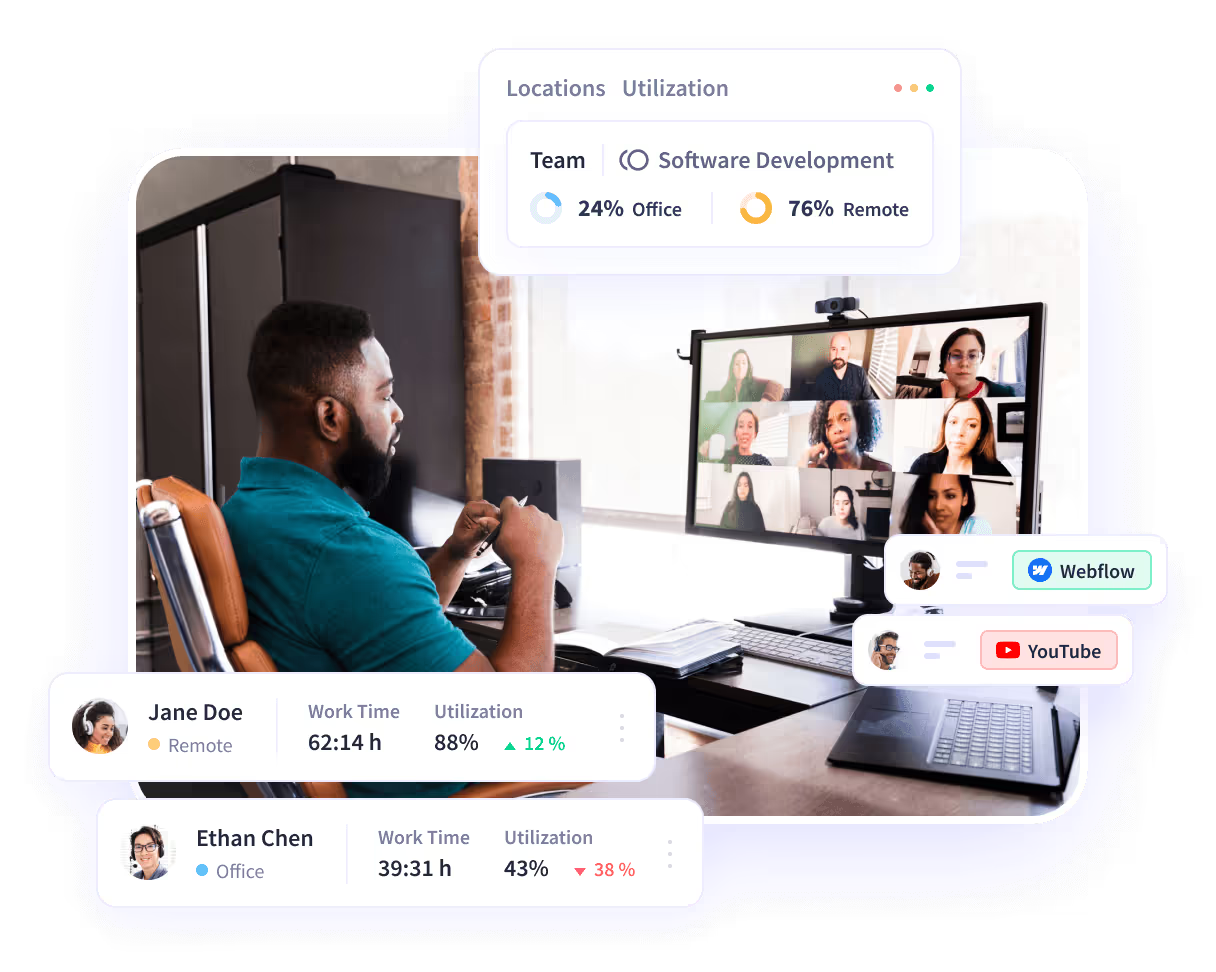
Make Hybrid Work Simple and Effective
Team split between remote work and the office? Insightful helps you easily manage them like they’re all in one place. Boost productivity, precisely track time and manage projects more effectively.
Pinpoint Accurate Data Across Multiple Locations & Devices
Consistently capture deep behavioral data and insights, whether your employees work remotely, in the office, or switch between both.
Analyze Productivity In & Out of the Office
Segment your vital productivity insights for in-office and remote employees to clearly understand when, where and how your team does their best work.
Automated Time Tracking for Hybrid Teams
Keep everyone on the same schedule, get projects done more efficiently and better manage your hybrid team’s time on tasks and projects.
Try Insightful for Free Today
A Lightweight, Flexible Agent Built for Hybrid Work

The Insightful agent installs with zero fuss on personal and company devices. Seamlessly capture and aggregate data from your hybrid team, while always respecting privacy.
Enterprise-Grade Security In and Out of the Office
Secure your hybrid workforce data with multi-layered security, multi-certificate compliance and encrypted data.
In the Cloud
Secure, industry-leading cloud-based solution built on Google Cloud infrastructure.
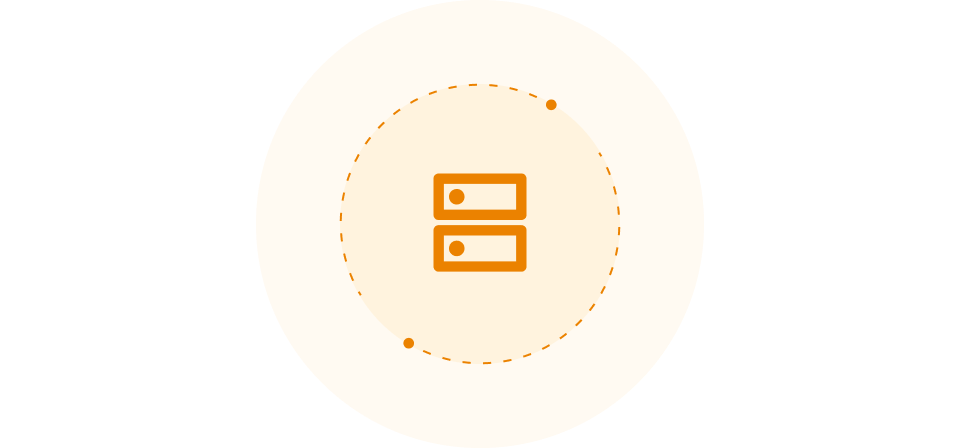
On Premise
Experience the security and flexibility of storing data on-premise on your private network.
Insightful Seamlessly Integrates with Your Technology Ecosystem
With over 50 integrations available on the Insightful platform, connecting with your team's top tools is just a click away.
Our 5800+ Clients Have a Habit of Saying Nice Things About Us
Insights that Enable Your Team to do Great Work, Daily
Built for the Hybrid Workforce of Today and Tomorrow
Hybrid work offers the best of both worlds. The flexibility of remote work and the interconnectedness of the office. But, without the right tools, hybrid teams can become disconnected and fragmented.
With powerful data insights and analytics, Insightful productivity software keeps your employees and data connected. Whether your employees are working remotely, in the office, or come and go between both, Insightful always makes it feel like they are all under the one roof.
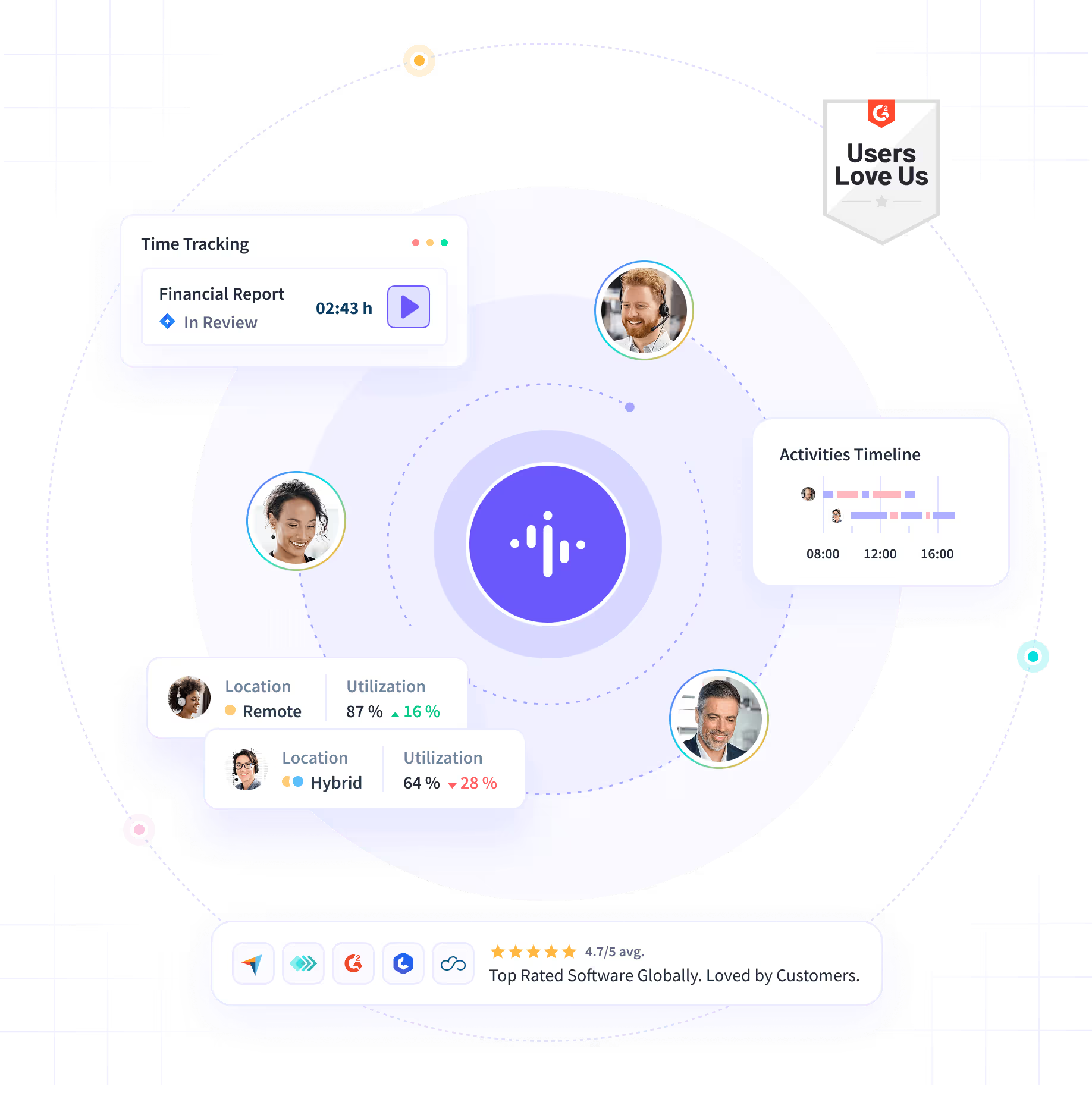
Better Manage Your Hybrid Team With Insightful
The Ultimate Guide to Managing Hybrid Teams at Scale
Is visibility across hybrid teams becoming harder to maintain?
Are in-office and remote workflows misaligned or fragmented?
Could a better approach to hybrid work improve performance and reduce burnout?
These are the right questions—and they point to a better way to lead hybrid teams.
The answer? Smarter hybrid work management, powered by the right tools.
01: What Is Hybrid Work Management?
When half the team is in the office and the other half is working remotely, the cracks start to show: missed context, delayed feedback, uneven workloads, and rising frustration. Managers lose sight of who’s thriving, who’s stuck, and what’s slipping through the cracks.
Hybrid work isn’t limited to one industry—it’s now the norm for knowledge workers, distributed support teams, creative agencies, consultancies, and tech firms alike. Each of these environments needs systems that can adapt to varying schedules, expectations, and outputs.
Over half of all remote-capable employees now work in a hybrid model, yet most teams are still managing with tools and habits built for an office-first world.
That’s the gap hybrid work management is designed to close.
It’s the shift from gut feeling to real-time insight. From unclear expectations to measurable outcomes. From blind spots to informed support—across every desk, home setup, and time zone.
A hybrid workforce tracking solution makes this possible. It replaces guesswork with clarity, giving managers the visibility they need to lead distributed teams with confidence and care, not control.
And while remote work software keeps communication flowing, hybrid management ensures everyone is seen, supported, and set up to succeed—no matter where they log in from.
{{divider-1}}
02: Why Is Visibility a Challenge in Hybrid Teams?
In hybrid teams, visibility is something that has to be designed.
When some employees are remote and others are in the office, the natural cues of productivity and progress start to disappear. It’s harder to tell who’s focused, who’s stuck, or where time is going. Over time, that lack of clarity takes a toll on both trust and performance.
According to Microsoft’s Work Trend Index, 85% of leaders say the shift to hybrid work has made it harder to be confident in employee productivity. That’s not a perception problem—it’s a visibility one.
[fs-toc-omit]Why Does Visibility Break Down in Hybrid Environments?
❗Time zones don’t align: collaboration windows shrink and updates get delayed.- ❗Asynchronous work hides context: teams don’t see each other’s process, just the outcomes (if that).
- ❗Reduced ambient signals: no hallway chats, fewer shared routines, less informal feedback.
- ❗Over-reliance on self-reporting: productivity becomes subjective, not measurable.
- ❗Tool sprawl fragments information: performance data lives in too many disconnected places.
Legacy tools can’t fix this. A timesheet or a presence indicator can’t show whether work is focused, balanced, or aligned.
That’s why teams are turning to a hybrid work monitoring dashboard—a central system that brings together behavioral signals, time data, and productivity patterns from every work location.
When paired with privacy-conscious PC monitoring software, these tools give managers the insight they need to lead hybrid teams proactively, not just react to missed deadlines or burnout signs.
True visibility isn’t about control. It’s about creating the shared clarity hybrid teams need to move forward together.
{{divider-2}}
03: How Can Hybrid Productivity Be Measured Fairly?
When employees work from different locations, it’s easy for outdated assumptions to creep in. Remote workers may feel they have to “prove” their productivity, while in-office employees may be judged more by presence than output.
According to a 2022 Future Forum Pulse report, 41% of executives admit to favoring employees who work on-site—a bias that risks eroding trust, morale, and retention.
What’s needed is a performance management system for remote teams and a shift in how productivity is measured—one that balances transparency with fairness, across all work modes.
[fs-toc-omit]What Are The Challenges of Measuring Hybrid Productivity?
❗Presence ≠ Performance: being in the office doesn’t mean more is getting done.- ❗Role diversity matters: different functions require different signals of productivity.
- ❗Inconsistent self-reporting: teams log and communicate work differently across locations.
- ❗Activity tracking alone isn’t enough: time spent doesn’t equal value delivered.
- ❗Bias creeps in easily: especially when managers lack clear, shared benchmarks.
That’s why leading teams are adopting a hybrid performance measurement platform—a system designed to capture, interpret, and normalize productivity data across roles, work environments, and time zones.
To measure fairly, teams need more than surface metrics. They need tools that reveal how work happens, not just when it happens.
[fs-toc-omit]What Features Should a Hybrid Performance Platform Include?
Here’s what a purpose-built hybrid platform like Insightful’s productivity tracking brings to the table:
- ✔️ Time mapping by task and tool: to show how work hours are actually spent, across systems and roles.
- ✔️ Focus trend analysis: to track deep work patterns and distractions, regardless of location.
- ✔️ Location-aware segmentation: to compare productivity in-office vs. remote, without bias.
- ✔️ Historical benchmarks: to monitor performance over time and spot shifts early.
- ✔️ Unified dashboards: to visualize outcomes across teams, projects, and hybrid models from one place.
- ✔️ Automated reporting: to keep insights flowing without adding to anyone’s workload.
This isn’t about surveillance—it’s about creating a shared standard. One that helps managers make informed decisions and helps employees feel seen for what they contribute, not where they work.
With the best employee performance tracking software, hybrid teams finally get the clarity they need to succeed.
{{divider-3}}
04: What Drives Burnout in Hybrid Teams?
Hybrid work offers flexibility, but without structure, it can drain your teams.
When the line between work and life blurs, when notifications never stop, and when “available anytime” becomes the norm, flexibility turns into fatigue. The result is burnout that’s harder to detect.
According to Gallup, burned-out employees are 63% more likely to take a sick day and 2.6x more likely to be actively seeking a new job. For businesses, that translates into higher turnover, lower engagement, and rising operational costs.
[fs-toc-omit]What Are the Early Signs of Burnout in Hybrid Teams?
❗Extended online hours that creep into evenings and weekends
- ❗Low deep work time due to constant switching and context overload
- ❗Heavy meeting loads paired with stagnant output
- ❗High mid-day idle time — not rest, but disengagement
- ❗Drop-offs in responsiveness or missed deadlines
Burnout erodes not just individual energy, team momentum, output, and morale. And in hybrid setups, it often goes unnoticed until it's already affecting performance.
That’s why many organizations now use a hybrid work pattern analyzer—a tool designed to surface behavioral trends that signal unsustainable patterns across roles and locations.
When integrated into employee monitor software, it enables managers to:
- ✔️ Flag unhealthy patterns before performance drops
- ✔️ Identify team members at risk of burnout based on focus and availability trends
- ✔️ Recommend realistic workload or schedule adjustments to maintain well-being
Burnout doesn’t just affect people — it hits the bottom line. With the right visibility, organizations can stop burnout from spreading through their hybrid teams and start supporting performance that lasts.
{{divider-4}}
05: How Is Compliance Managed in Hybrid Work?
Tracking time, breaks, and attendance across different locations introduces risk. Regulations vary by region, and inconsistent reporting can lead to payroll errors, legal exposure, or worse—employee distrust.
In fact, compliance issues cost companies an average of $14.82 million annually, according to a study by Globalscape. In hybrid settings, the margin for error grows as visibility shrinks.
The challenge is how to maintain oversight without crossing the line into surveillance.
[fs-toc-omit]What Are the Key Compliance Pressures for Hybrid Teams?
❗Labor laws that vary by region (e.g., break mandates)- ❗Inaccurate or inconsistent time logging
- ❗Location-based expectations (e.g., office days)
- ❗Audit-readiness for HR and payroll
- ❗Employee privacy rights, especially in remote setups
This is where hybrid employee time tracking software plays a pivotal role. These tools automate the collection of key data points—like shift duration, idle time, and attendance—without requiring manual check-ins or intrusive oversight.
Paired with modern time tracking software, the right system helps teams:
- ✔️ Automatically log hours and breaks across environments.
- ✔️ Set custom rules based on local regulations or policies.
- ✔️ Apply role-based privacy settings to protect personal time.
- ✔️ Generate audit-ready reports with minimal admin effort.
With the right guardrails in place, compliance becomes a safeguard. And employees feel protected, not policed.
Hybrid teams need room to work flexibly, but they also need clear boundaries. The right systems make sure both happen at once.
{{divider-5}}
06: What Myths Are Holding Hybrid Work Back?
Many of the biggest blockers to hybrid success aren’t operational but perceptual. Assumptions carried over from office-first models undercut flexibility, fairness, and productivity. To lead hybrid teams well, those myths have to go.
[fs-toc-omit]Myth 1: Aren’t Remote Workers Less Productive?
No—in fact, they’re often more productive. The belief that remote workers are less effective stems from a long-standing habit of equating productivity with physical presence. If someone’s at their desk, they must be working—or so the thinking goes.
But hybrid work has upended that assumption. A 2023 Stanford study found that remote employees are actually 13% more productive than their in-office counterparts, largely due to fewer distractions, more flexible schedules, and the elimination of daily commutes.
This makes visibility more important than ever, but not the kind based on attendance. A hybrid productivity supervision tool like Insightful helps replace guesswork with real insight. It surfaces focus time, outcomes, and behavioral patterns across all work modes, so performance is measured consistently and fairly, regardless of where someone works.
[fs-toc-omit]Myth 2: Can Culture Survive Without the Office?
It can—and in many cases, it thrives. The idea that culture only lives in offices comes from a time when shared lunches, open-plan seating, and physical presence were seen as the glue holding teams together. But true culture isn’t built on space but on values, transparency, and meaningful connection.
Hybrid teams that communicate intentionally and lead with clarity often report higher engagement than their in-office counterparts. The key is consistency, not co-location. With respectful tools in place, culture becomes a system, not a setting.
For example, computer monitor software, when used transparently, doesn’t erode culture, it reinforces it. It helps teams stay aligned without overstepping, providing visibility into work patterns while protecting autonomy.
[fs-toc-omit]Myth 3: Isn’t Hybrid Oversight Just Surveillance?
Not anymore. The roots of this myth go back to early remote monitoring tools that prioritized control over support, tracking keystrokes, capturing screenshots, and encouraging micromanagement. It’s no surprise that many employees equated oversight with mistrust.
But today’s tools are different. Modern hybrid management systems are built for transparency, not control. They focus on outcomes, patterns, and support, not constant observation. These systems are privacy-conscious by design, offering role-based visibility that ensures only the right people see the right data for the right reasons.
[fs-toc-omit]Myth 4: Aren’t Hybrid Teams Harder to Manage?
Not with the right systems in place. This concern often comes from managers who’ve relied on the office as their default control center, where visibility came from proximity and alignment happened through quick, in-person check-ins. Without those anchors, it’s easy to feel disconnected or unsure of what’s happening across the team.
But hybrid teams aren’t harder to manage—they’re just different to manage. And with the right tools, they become not only easier to support, but easier to scale. Real-time dashboards and centralized data replace guesswork with clarity, making it simple to stay aligned even when teams are spread out.
[fs-toc-omit]Myth 5: Isn’t It Hard to Track Compliance Remotely?
It’s not—at least, not anymore. This fear is rooted in the very real risks of getting compliance wrong: missed break tracking, inaccurate overtime calculations, or falling short of region-specific labor laws. For many organizations, especially those used to centralized, on-site oversight, the idea of managing compliance remotely can feel like a liability waiting to happen.
But hybrid doesn’t have to mean high risk. Today’s automated, policy-aware systems are designed to handle compliance complexities with precision and ease. They account for location, hours, and required breaks without adding administrative burden.
[fs-toc-omit]Myth 6: Doesn’t Career Growth Suffer in Hybrid Models?
Only if performance is judged by presence. This myth stems from proximity bias—the long-standing assumption that those who are seen more often are more committed, more productive, and more deserving of advancement. In office-first cultures, visibility often translates directly into opportunity.
But hybrid work challenges that logic. When organizations shift to measuring outcomes instead of attendance, career growth becomes a function of impact, not location. In fact, research shows that hybrid workers often report higher engagement and job satisfaction, both key predictors of performance and retention.
Visibility platforms help make that shift stick. By offering shared benchmarks, outcome-based tracking, and equitable review data, they ensure performance evaluations reflect contribution, not proximity.
[fs-toc-omit]Myth 7: Isn’t Hybrid Work Too Risky for Security?
It doesn’t have to be. This concern usually comes from fears around data exposure, unsecured home networks, and personal device use—all valid risks in a distributed setup. Those concerns have been enough for some teams, especially in highly regulated industries, to keep them anchored to the office.
But hybrid doesn’t mean vulnerable. With today’s tools, it can mean more control, more flexibility, and stronger protection. Features like encrypted data logging, role-based access, and centralized audit trails now make it possible to maintain traditional office security standards.
Platforms like Insightful are built with enterprise-grade compliance in mind. Whether teams operate fully remote, hybrid, or on-site, Insightful offers secure deployment options (including on-premise), layered encryption, and complete visibility into system access and data usage.
Letting go of outdated beliefs is step one. Step two is replacing them with systems that provide clarity, consistency, and confidence.
{{divider-6}}
07: Which Tools Actually Support Hybrid Success?
Hybrid teams face a level of complexity that generic tools weren’t built for. Between time zone coordination, unclear expectations, and dispersed collaboration, success depends on platforms that can bridge the distance, both physical and operational.
Traditional software often stops at surface-level tracking or requires heavy manual input. In contrast, hybrid-ready platforms provide real-time behavioral insights, automated task mapping, and location-based visibility.
[fs-toc-omit]What Tools Are Designed Specifically for Hybrid Oversight?
- A hybrid employee monitoring platform for real-time behavioral visibility across environments and devices
- Hybrid task tracking software to monitor progress and workloads without disrupting flow
- A hybrid productivity analysis tool to turn time data into actionable output trends
- A hybrid team productivity monitoring system to surface imbalances and identify underperformance early
- Hybrid collaboration monitoring tools to highlight breakdowns in communication across channels
- A hybrid workplace engagement dashboard to detect burnout or disengagement before it spreads
- Hybrid team supervision software that respects boundaries with privacy-first, role-based access
[fs-toc-omit]How Does Insightful Support Hybrid Work Differently?
While many platforms have retrofitted themselves to meet the needs of hybrid teams, Insightful was purpose-built for the modern workforce. It’s not just compatible with hybrid models—it thrives in them.
Here’s what sets it apart:
- Location-aware productivity segmentation — see how teams perform in-office, remotely, or in blended environments
- Automated task and time mapping — track effort and focus without manual inputs
- Real-time dashboards with behavioral trends — act on insights as they emerge, not after the fact
- Customizable privacy and access controls — ensure compliance and build trust at scale
- Cloud or on-premise deployment — secure, enterprise-ready flexibility for any IT model
From managing call center shifts to overseeing global development teams, Insightful equips leaders with the insight to support, not surveil — and the tools to optimize outcomes, not just track activity.
[fs-toc-omit]Real Results: Stratum Benefits Brings Hybrid Clarity to Life
As Stratum Benefits adopted a hybrid work model, they quickly faced a familiar challenge: how to manage performance and productivity across split locations. Their existing system of manual tracking and fragmented oversight wasn’t built for the complexity of hybrid operations.
With Insightful, they replaced uncertainty with clarity.
By deploying Insightful across remote and in-office teams, Stratum gained full visibility into time usage, task allocation, and productivity trends, without adding admin overhead or compromising employee trust. Managers could track engagement, identify workload imbalances, and optimize team support in real time.
The result?
- ✔️ Reduced productivity blind spots across locations
- ✔️ Improved workload balance without micromanagement
- ✔️ Streamlined team oversight with centralized reporting
As Managing Director Marco Fronto put it:
“Insightful confirms we have a dedicated workforce and helps us manage performance effectively.”
Stratum’s hybrid model became scalable because Insightful made it measurable.
{{divider-7}}
08: What’s the Future of Hybrid Work Management?
Hybrid work is now the blueprint for how modern organizations scale. But the next evolution of hybrid management won’t be about tracking time—it’ll be about understanding behavior, optimizing performance, and making proactive decisions with real-time insight.
The future of hybrid oversight is intelligent, connected, and predictive.
Tools are shifting from passive trackers to AI-powered diagnostic systems that help managers answer not just what happened, but why, and what to do next.
[fs-toc-omit]What Kind of Infrastructure Will Power the Next Phase of Hybrid Work?
- A hybrid team insight engine that surfaces context-rich trends and predicts performance bottlenecks before they happen
- Hybrid team behavior analytics platforms that track how collaboration patterns, focus time, and engagement shift over time
- A hybrid workforce analytics suite that consolidates performance, workload, and utilization into a single source of operational truth
- An integrated hybrid operations oversight system to ensure alignment across tools, teams, and workflows
- A unified hybrid workforce oversight dashboard for real-time visibility across regions, departments, and work modes
- Scalable hybrid workforce monitoring services that adapt as organizations grow and teams become more distributed
- And a new standard in hybrid work supervision tools—shifting the role of management from reactive enforcement to proactive enablement
This shift will require data that’s accurate, behavioral, and connected. Managers will need tools that don’t just capture work, but interpret it, helping them support teams dynamically, balance workloads intelligently, and forecast with confidence.
Hybrid success tomorrow depends on the workforce intelligence you build today.
With Insightful at the center, organizations gain the foundation to evolve from basic tracking to full operational foresight—empowering every team, in every location, to work smarter, faster, and with greater clarity.
Want to know more? Compare employee monitoring vs productivity software to understand exactly what kind of hybrid work solution your team needs.
→ Ready to lead the future of hybrid work?
Start your 7-day free trial or book a demo to see Insightful in action.
